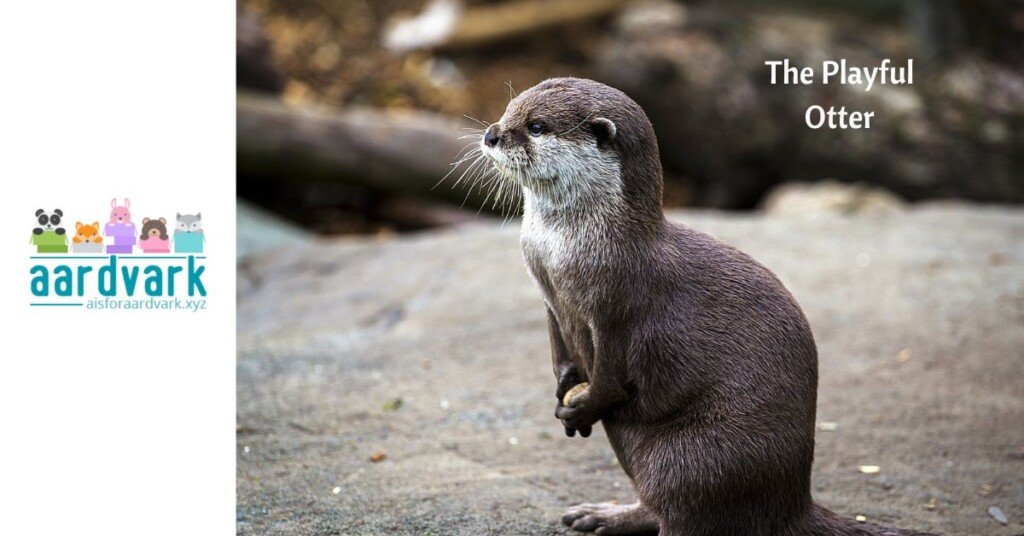Otters are renowned for their playful behavior and remarkable intelligence. These semi-aquatic mammals are part of the weasel family—we never really thought about that, but it makes sense! Otters inhabit diverse environments across the globe, from remote river systems to expansive coastal regions. Their expressive faces and entertaining behavior make them beloved aquatic creatures.
Taxonomy and Species Diversity
Otters are part of the Mustelidae family, which includes various carnivorous mammals, including weasels, badgers, and minks.
Each of the 13 recognized otter species exhibits unique adaptations to its specific aquatic habitat. For instance, the sea otter, famous for using rocks to break open shellfish, and the giant otter of South America, known for its impressive size and social nature, are among the best-known species.
Physical Characteristics
Physically, otters are well-equipped for aquatic life. They have streamlined bodies for efficient swimming, webbed feet for propulsion, and dense, water-resistant fur to keep them warm in cold waters. Their whiskers are highly sensitive, helping them detect vibrations in the water to locate prey.
This combination of traits enables otters to thrive in aquatic environments, from freezing oceans to tropical rivers.
Habitat and Distribution
Otters live in many aquatic habitats worldwide, including freshwater rivers, lakes, and coastal marine environments.
Their adaptability has allowed them to occupy territories ranging from the chilly coasts of the North Pacific Ocean to the tropical waterways of the Amazon Basin. Their versatile survival skills in different climatic and environmental conditions have helped them adapt to such unique environments.
Diet and Hunting Techniques
Otters are carnivorous and adapt their diet based on the local environment. Primarily, they feed on fish, crustaceans, and small aquatic creatures.
Among the most skilled sea otters are known for their use of tools. They use rocks to crack open shellfish, demonstrating ingenuity rare in the animal kingdom. This not only highlights their intelligence but also their ability to manipulate their environment to access food sources.
Reproduction and Lifecycle
Otter mating behaviors are as dynamic as their hunting techniques. They are characterized by what seem like playful interactions. Otters typically breed once a year, with females giving birth to one to three pups after a gestation period that can vary by species.
Young otters, called pups, are raised in dens along the water’s edge and depend on their mothers for several months before learning to swim and hunt. This extended care ensures the pups are well-equipped to survive in challenging aquatic habitats.
Conservation Status
Despite their adaptability, otters face significant threats from habitat loss and pollution. They are also illegally hunted for their dense fur.
Conservation efforts are crucial to ensure their survival. These efforts involve habitat restoration, legal protection, and, in some areas, reintroduction programs. These efforts have successfully stabilized specific populations, yet many otter species remain at risk, requiring ongoing international cooperation for conservation.
Otters play a crucial role in aquatic ecosystems and are often considered indicators of environmental health. Their well-being reflects the general condition of their habitats, making their conservation a priority for ecological researchers and wildlife conservationists.


